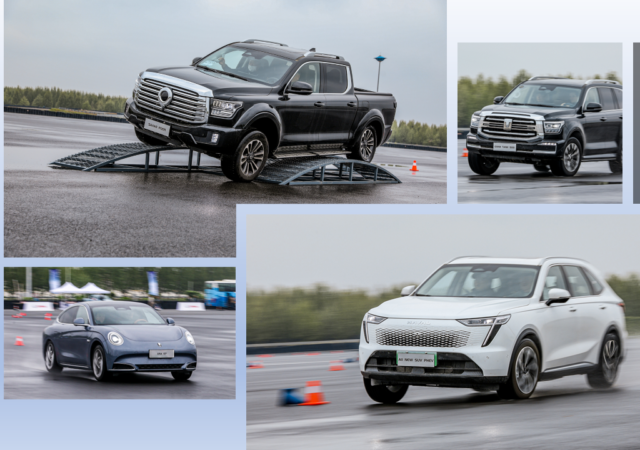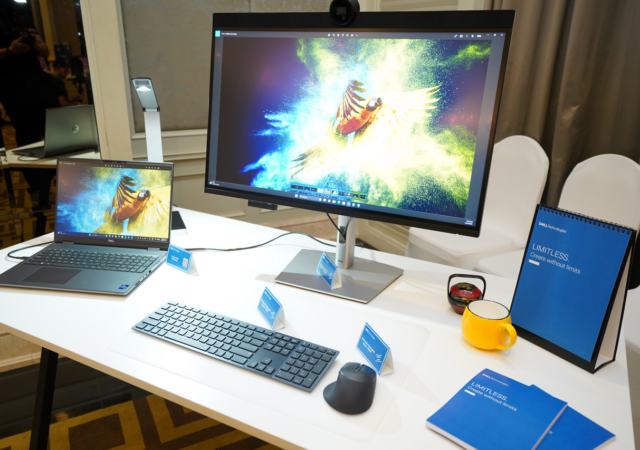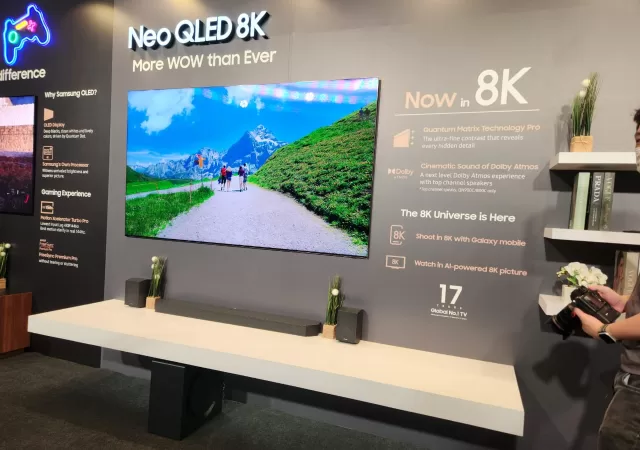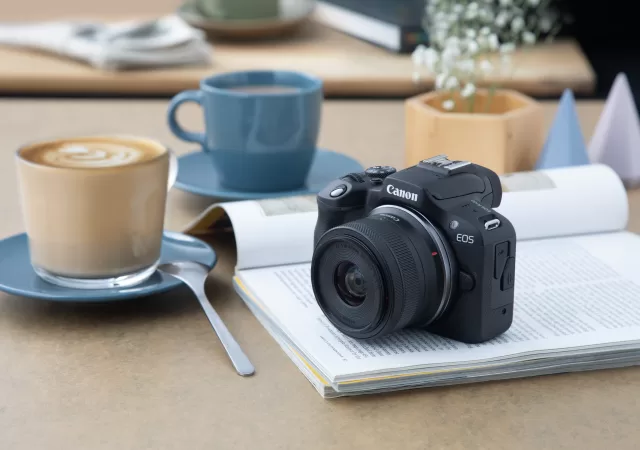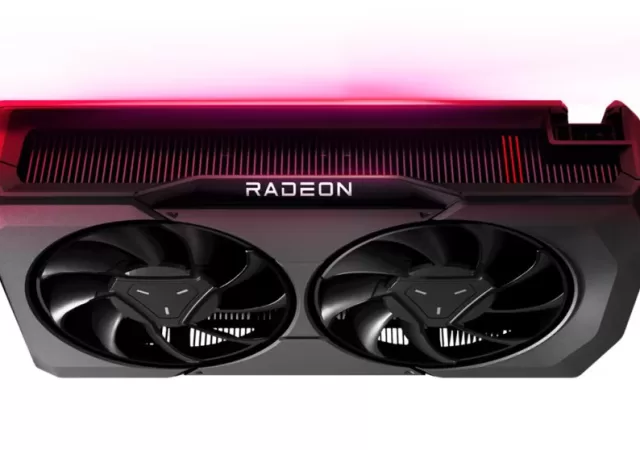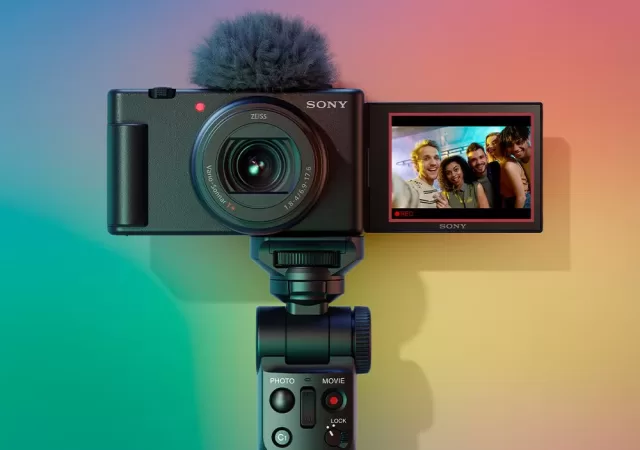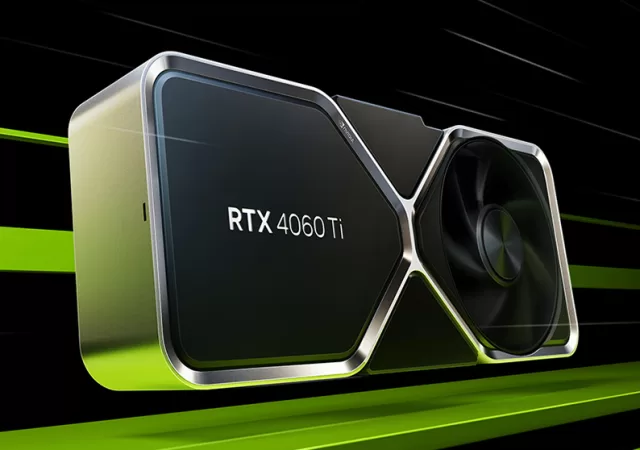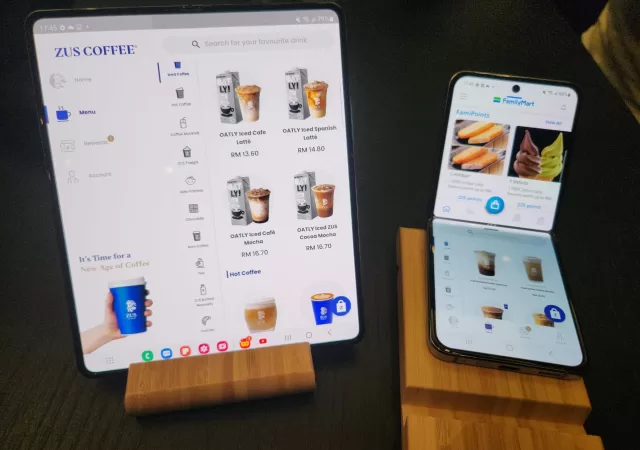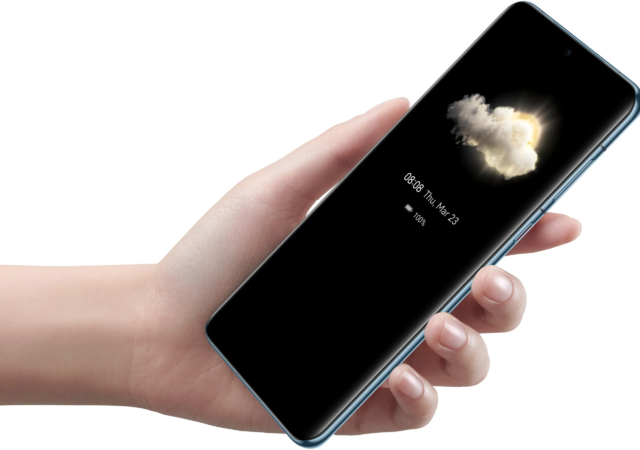Great Wall Motor (GWM) reiterates its commitment to New Energy Strategy with a showcase of its NEVs from brands like HAVAL and ORA.
Dell Empowers Collaboration & Remote Work in APAC with New Commercial Lineup
Dell unveils its latest commercial lineup, empowering collaboration and remote work in APAC. Discover the cutting-edge innovations revolutionizing the way professionals connect and excel in the digital er
Samsung WOWs Malaysia with New Neo QLED TVs
Samsung releases a new range of Neo QLED TVs complete with SmartThings and Q Symphony at a more accessible prices.
Canon EOS R100 is Launched – Could be Your First Mirrorless Experience
Canon releases their latest EOS R100, their most affordable and compact EOS R mirrorless camera to date at MYR 2,379.
AMD’s Radeon RX 7600 is Here! 1080p Gamers, Rejoice!
AMD has released their new Full HD gaming champion, the Radeon RX 7600 with RDNA 3, improved upscaling, and ray tracing engines for US$ 269.
The New Sony ZV-1 II is not a ZV-1 Replacement, More like ZV-1 EVO for MYR 3,999
Sony just released their new ZV-1 II, the new camera made specially for vloggers that comes with a cinematic vlog mode for MYR 3,999.
The NVIDIA GeForce RTX 4060 and RTX 4060 Ti is Finally Here – Better Late Than Never!
NVIDIA finally releases the GeForce RTX 4060 and RTX 4060 Ti GPU with DLSS 3.0 support and up to 16GB of GDDR6 memory for US$ 299 onward.
Samsung Pushes App Optimization for Foldables Malaysia
Samsung showcases its first cohort of partners with apps optimized for foldables, particularly the Galazy Z smartphones, in Malaysia.
Google is Deleting Inactive Accounts in December 2023 – Save Yourselves, Log in Now!
Google is cracking down on inactive accounts. If your Google Account have been inactive for at least 2 years, Google will delete it.
The HUAWEI P60 Pro is Now Available for Pre-Order in Malaysia at MYR 4,699 Onward
HUAWEI has launched the P60 Pro and made it available for pre-orders until the 19th of May 2023 for MYR 4,690 onward.



